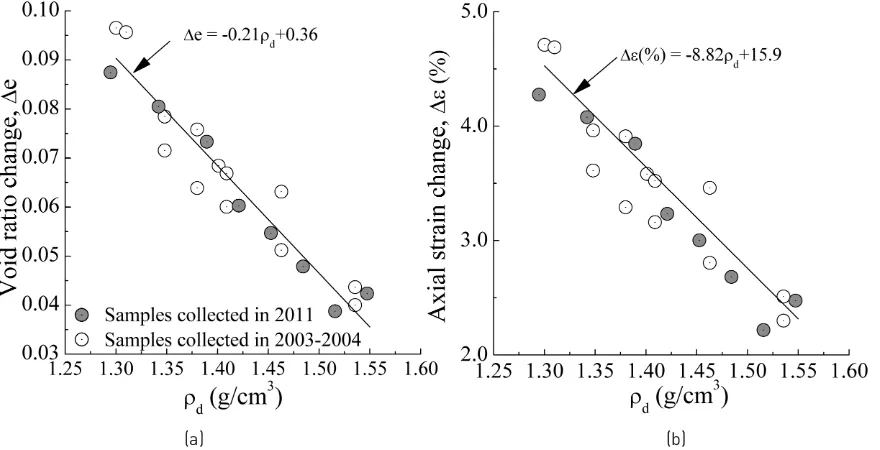Blast densification : a proposed methodology to quantify the amount of densification required to prevent liquefaction and flow in sandy soils
Texto completo
Figure
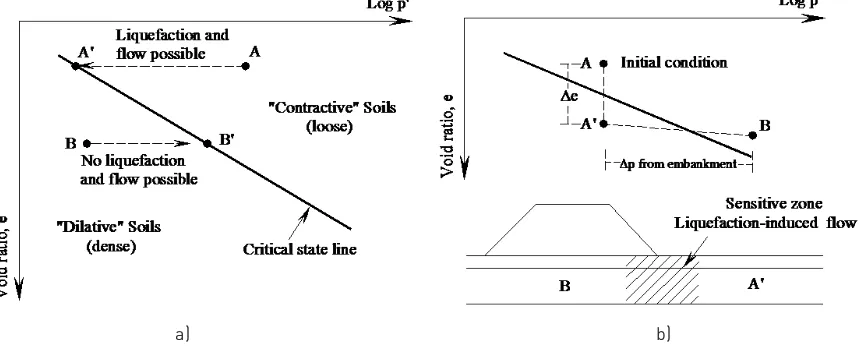
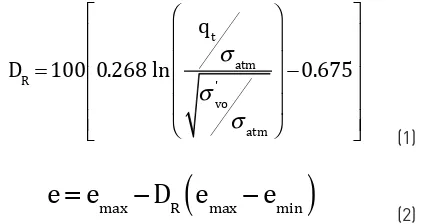
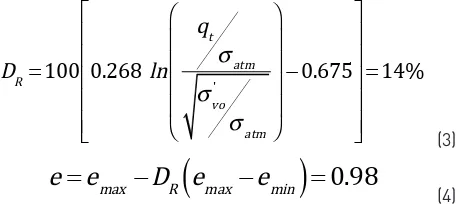
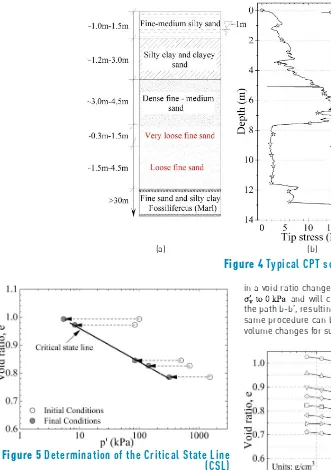
Documento similar
Astrometric and photometric star cata- logues derived from the ESA HIPPARCOS Space Astrometry Mission.
The photometry of the 236 238 objects detected in the reference images was grouped into the reference catalog (Table 3) 5 , which contains the object identifier, the right
In addition to traffic and noise exposure data, the calculation method requires the following inputs: noise costs per day per person exposed to road traffic
In the previous sections we have shown how astronomical alignments and solar hierophanies – with a common interest in the solstices − were substantiated in the
The scholarly approach to authenticity and integrity, and the critical point of static and dynamic approaches to these terms allow the author to challenge previous World
In the edition where the SPOC materials were available, we have observed a correlation between the students’ final marks and their percentage rate of
In addition, precise distance determinations to Local Group galaxies enable the calibration of cosmological distance determination methods, such as supernovae,
Our goal was to study immune responses against viral infections in order to obtain potentially useful information for the design of new vaccination strategies, focusing on
